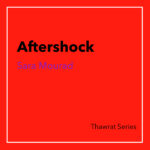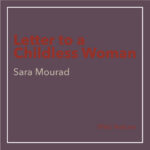Salma: It’s unlike you to drop by.
Thurayya: I’m not dropping by, I got divorced. I’m done with men.
Salma and Thurayya are the lead characters in Bassem Breche’s film Riverbed (2022), a portrait of a solitary woman and her daughter negotiating their fraught relationship in the absence of a father. In his feature debut, which premieres in Lebanon on October 4 to close the 28th European Film Festival, Breche returns to primordial bonds – to home, to the village, to nature – and to what remains after all has been said, after damage has been done. Masterfully rendered by Carol Abboud and Omaya Malaeb, mother and daughter speak in silence, through gazes returned and others averted. A turbulent past, of which we know nothing, has driven the women apart. They are antagonists, enemies even. The history between them is not shown, only its weight is in full view. And although the past does not appear, it is present throughout as a time that haunts the characters and their house and that resists, refuses avowal. Riverbed’s formal challenge is to capture a troubled sense of belonging to places and people that simultaneously root and devastate us. By staging a silent encounter between two women related by blood and by a shared history, the film contemplates the possibilities of repair, of redemption. In it, the mother is also the village, and it is to her house that the pregnant daughter returns after leaving her husband.
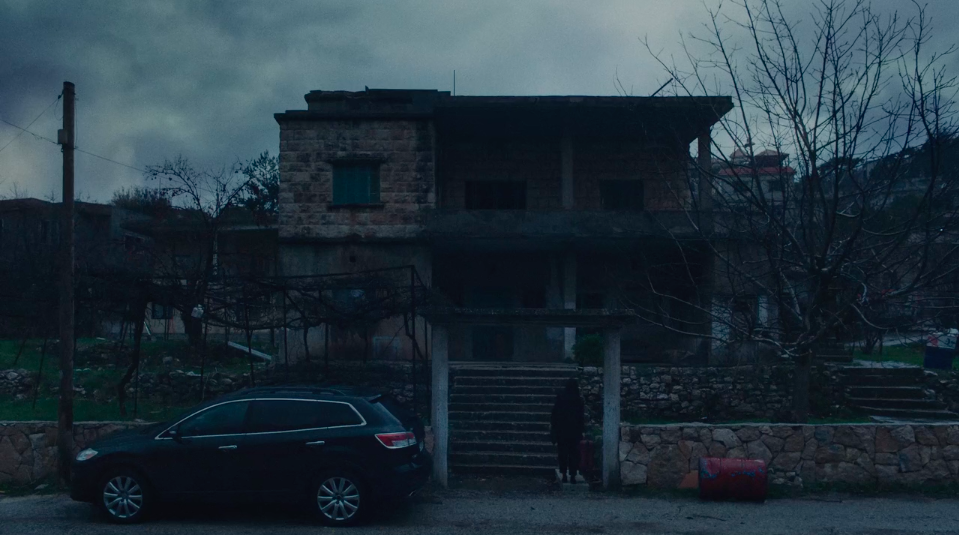
In renouncing men, Thurayya’s character seems to channel a broader disenchantment with heterosexual love and conjugality among women of her generation. “Everyone knows,” Lauren Berlant writes, “what the female complaint is: Women live for love, and love is the gift that keeps on taking."[1] Lauren Berlant, The Female Complaint: The Unfinished Business of Sentimentality in American Culture. Durham: Duke University Press (2008). Thurayya’s complaint takes the form of a declaration, a statement of her intent to suspend relationships with men. Womanly love, we are told, is devotional. A woman’s devotion is measured by how much she stands to tolerate, and Thurayya sounds like she has had enough. In putting others’ needs before her own, Woman is a self-sacrificing creature. Even without giving birth, Woman is Womb, is Mother.
These are the myths that women are taught to live by, and those they learn to live against. Feminine archetypes may belong to our collective unconscious, but they are also ideals women consciously grapple with. As liberated as we may believe ourselves to be, we are haunted by the female models we grew up around, and by the pain of witnessing the romantic fantasies they have harbored melt into air. Love, marriage, and motherhood exist in the imagination as ideal images, as models of intimacy that hold the promise of happiness but that often do not withstand the reality of lived experience. In announcing her divorce and her renunciation of men, Thurayya seems to be telling her mother what she now understands, acknowledging what Salma already knows: It was all a scam. Her character embodies a new female consciousness, forged in the long aftermath of civil war in Lebanon, and distinguished by its revisionist orientation to the past: to inherited ideals, traditional values, and cultural norms.
The daughter, like her mother, doesn’t smile. She seems to be carrying an unspeakable burden. She is pensive, reserved, and ill at ease in Salma’s house, which was once her own. Thurayya, we come to understand, has choices to make for herself and is capable of making them on her own. The film’s portrayal of the difference between the two women – in style, in residence, in accent – registers a generational and regional divide between a daughter who lives in the city and a mother who lives in the village. Among older generations and in rural contexts, women who never marry or those who are abandoned, divorced, or widowed are marked by the loss, the lack, which they come to carry as an identity. In the gaze of others that she learns to assimilate, the lone woman is never really alone; she is forever haunted by the specter of a missing man. This absence, according to which her existence is evaluated, makes her both a threatened and a threatening figure in the imagination of others. Without a man by her side, she is susceptible to danger and suspect of moral misconduct. So she finds herself under constant surveillance, under everybody’s scrutiny, and learns to hide, to lie, and to conceal in order to exist.
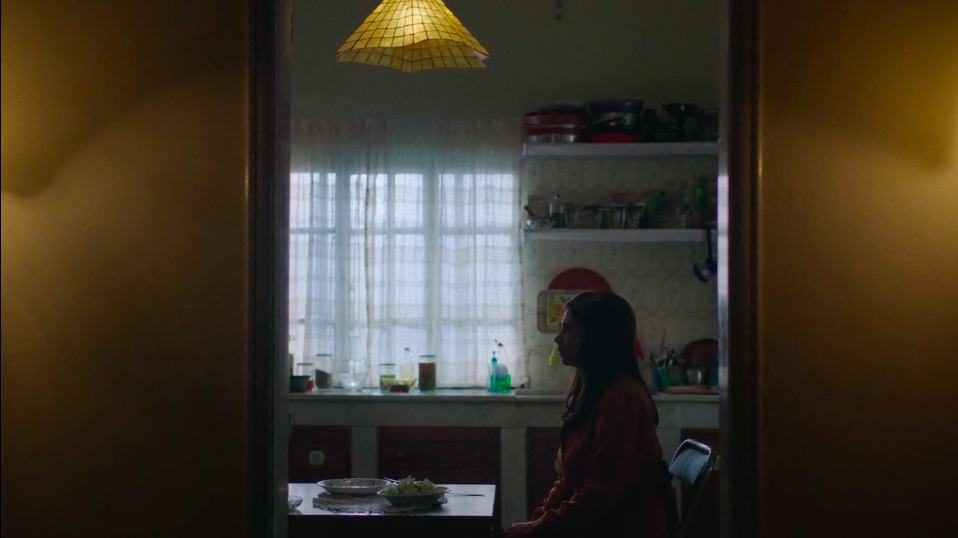
Such is Salma, who lives alone and spends her time at home or in the adjacent office where she operates the switchboard of the village call center. Her quiet and monotonous days are punctuated by illicit escapades in nature with her married neighbor, with whom she is having an affair. She grows tired of their long car excursions into the wilderness, bored of the mountains, lakes, and plains where they kiss and cajole. “We don’t want a scandal, Salma,” her lover reminds her when she complains one day. But Salma wants to see and be seen as a desiring and desirable woman, and mountains, however beautiful they may look against a sunset sky reflected in water, bear no witness.
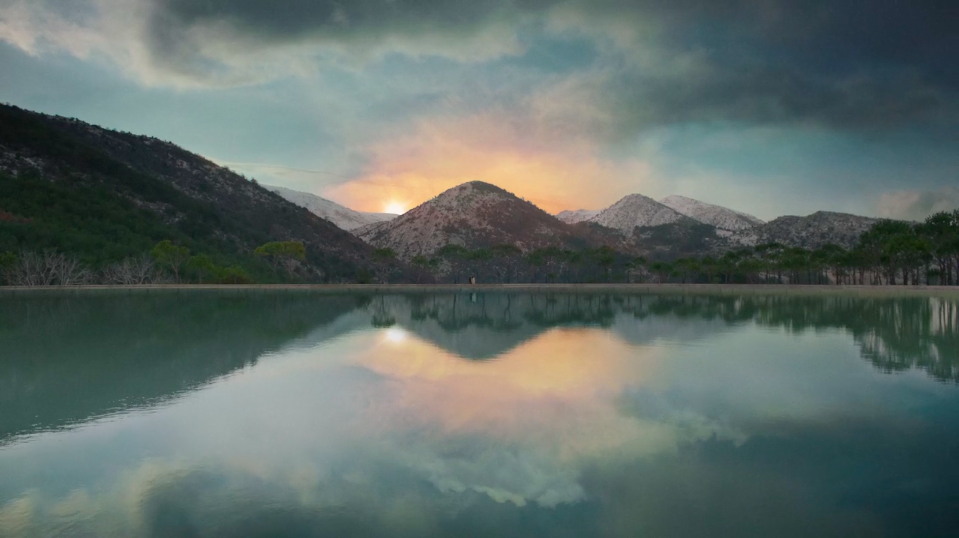
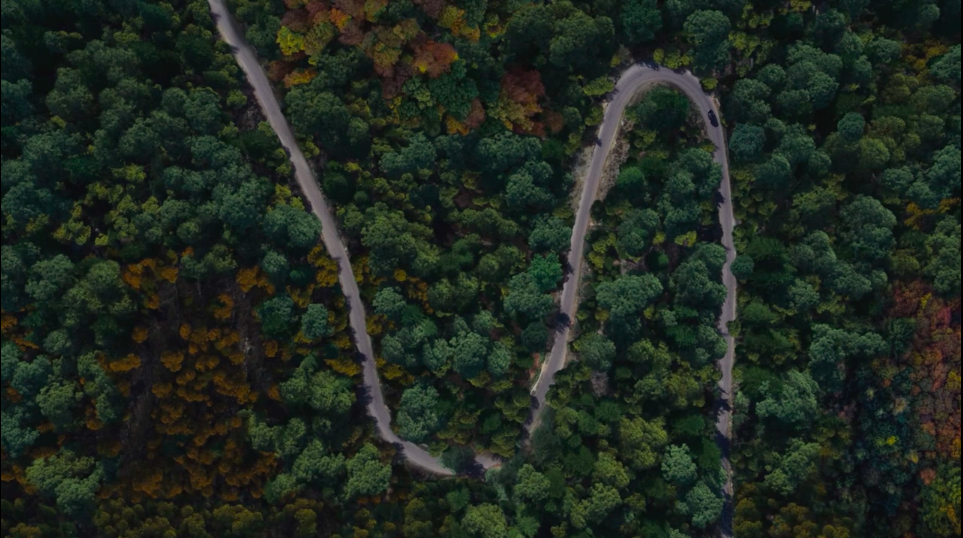
Salma’s solitude is suddenly interrupted when her daughter returns to the village from Beirut, unannounced. An aerial shot depicts her driving her car on a road across a forest of trees. Sunglass clad, dressed in black, Thurayya is shot behind the wheel in a sequence that is set to Yasmine Hamdan’s “Ta3ala,” a remixed rendition of Nour el-Houda’s “Tango el-Amal.” The daughter’s arrival on screen marks a turning point in the film. In returning, she re-enters the space-time of her childhood, meeting her mother on old familial grounds while remaining isolated, in her own head. The house is the setting of their reunion; on its surfaces, submerged histories suddenly appear like palimpsests. In the scene where she delivers the news of her divorce, Thurayya sits on a small staircase in the kitchen. An old drawing of a pink butterfly adorns the wall behind her, like a memento of a lost innocence, a souvenir of a brighter past, or a record of a child’s stubborn search for joy in an otherwise sinister home. One wonders whether these walls have housed any happy memories and whether, as a little girl, Thurayya smiled at all.
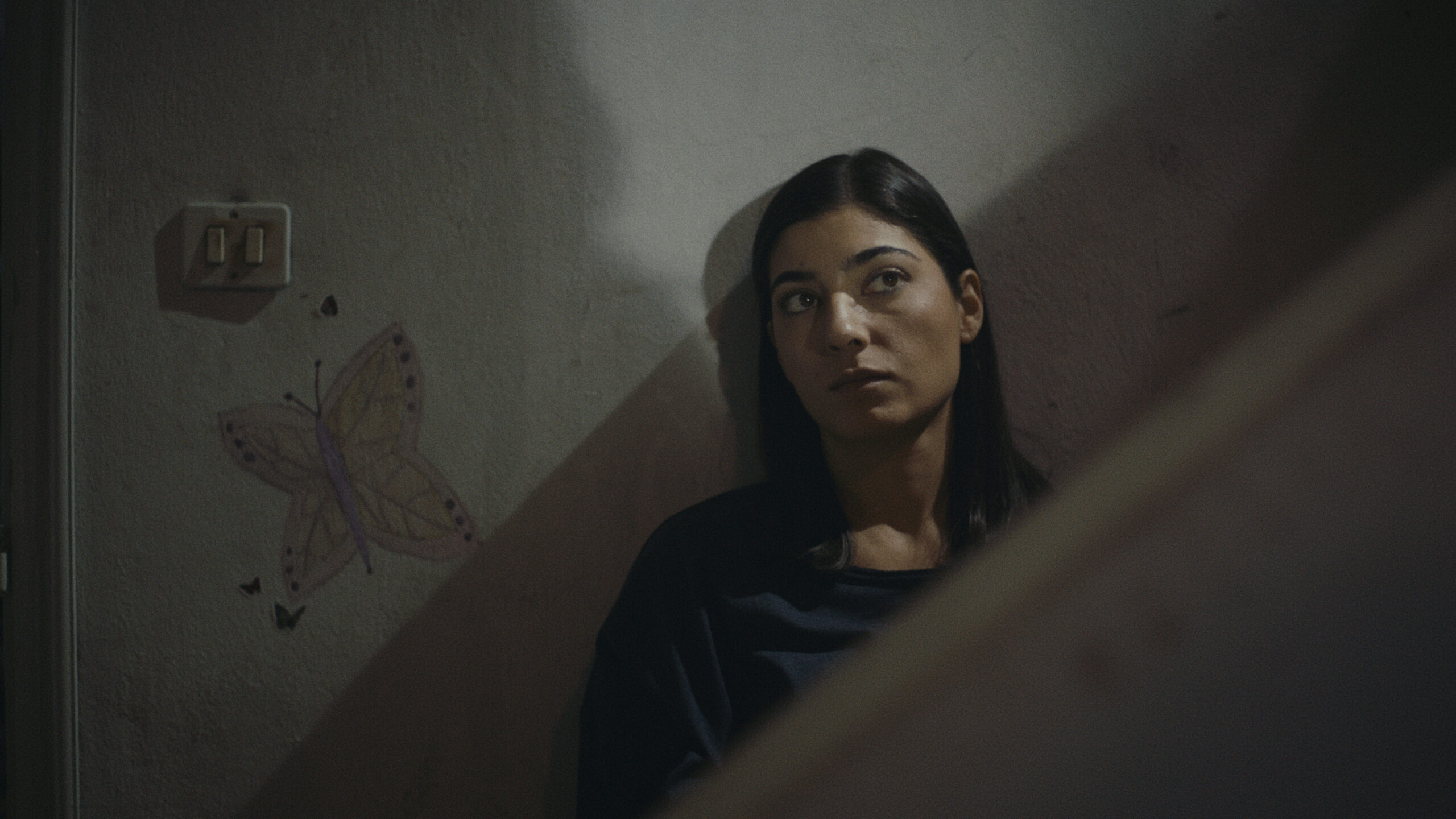
Adrienne Rich writes, “The flow of energy between two biologically alike bodies, one of which has lain in amniotic bliss inside the other, one of which has labored to give birth to the other,” constitute the material for the “deepest mutuality and the most painful estrangement.”[2]Adrienne Rich, Of Woman Born: Motherhood as Experience and Institution. New York: W.W. Norton & Company (1976). While Riverbed is decidedly a film about this cathexis between mother and daughter, it is not interested in telling the full story, in narrating the characters’ motivations. Nor is it interested in propelling the narrative forward through plot, but rather to capture a mood by shooting a setting that can be described as a motherland. The film follows the two women’s movements across three spaces: the home, the village, and nature. We watch them struggle to maintain a kind of distant proximity, to be in each other’s presence. The result is not a family drama, only a cinematic portrait of its aftermath.
Sitting on the bed in her old bedroom, Thurayya holds a photograph of her mother. The remains of a male silhouette appear torn out at the edge; the mother’s eyes have been poked out. Breche leaves it to us to imagine the rest, to fill in the void: marriage gone awry, romance devolving into tragedy, familial histories repeating themselves. Photographs are repositories of intimate histories. The daughter’s mutilation of her mother’s face bears the trace of a rebellion, of painful anger finding release. Breche wants to capture this flow of energy – the psychic force by which mother and daughter remain bound long after physical separation – not in words, but through looks. Formally speaking, his film can be described as a visual interpretation of silence. When they do speak, Salma and Thurayya deliver emotionally flat one-liners. The animosity between them is never verbalized but rather observed in their unexpected acts and gestures. Thin on dialogue, Breche’s script conveys the intensity of their estrangement and mutuality through what is unspoken.
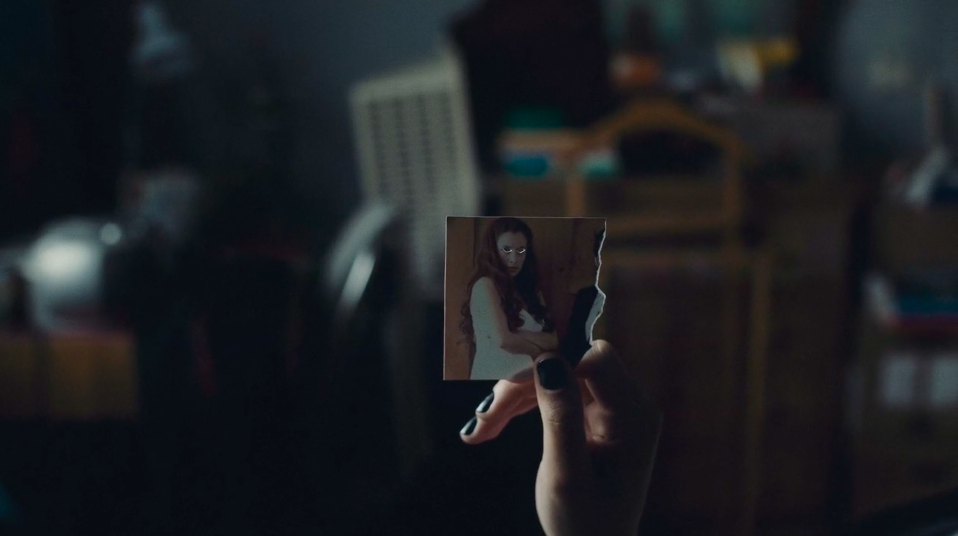
The characters’ silence is contrasted by the melodic and ferocious sounds of nature: waterfalls and river streams, thunderstorms, rain, and wind. In all the scenes set in nature, the elements overpower the frame. As the angle widens, the characters shrink in size, becoming barely visible within lush, idyllic landscapes. Against the dead monotony of domestic interiors, nature appears and reappears in its stillness and movement, as if the film insists on reminding us of the larger ecologies within which we dwell. These long shots of nature register the director’s own fascination with his native land – the Chouf – and his desire to capture its beauty, its lively force. The film’s shooting locations in the Lebanese villages of Ainqeni, Baadaran, and Niha are not merely the setting of the plot. They comprise the land that fuels Breche’s imagination and orients his gaze. Moving inwards and outwards, from home to village to nature and back, the film depicts the motherland as a site of contradictions, juxtaposing the suffocating sense of surveillance that suffuses the tightly-knit social world of the village with the serenity of its uninhabited landscapes.
In Riverbed, there is pleasure in looking: at nature, at women, at women looking at themselves, examining their own faces, touching their bodies. The camera, as narrator, alternates between an omniscient point of view and occasional forays into the female characters’ viewpoints, showing women as both subjects and objects of the gaze. But a purely aesthetic analysis of women’s image runs the risk of obscuring the personal and political drives that animate the context of artistic creation, which is also a context of relation. Breche is inspired by his own experience in the village where he grew up. In Jim Quilty’s review of the film in L’Orient le Jour, he explains that “there were absolutely no men around.” Indeed, men are marginal in the film and rarely appear within the frame. “I spent a lot of time walking around with my mother,” Breche recalls of his childhood, “spending time with other women. I heard lots of [their] stories.” In the film, the village women are nosey and judgmental, and Salma’s unease in their presence frames her as an oddity within her feminine entourage. It is the story of the odd woman’s alienation that Breche wants to tell. “When I started working on the script, I was revisiting that time in my life,” he states, “That’s when I decided to make a film about a woman’s story, the story of a mother-daughter relationship.”
But Riverbed is more than that. It is a son’s backward-looking gaze on a land of missing fathers. It is a female-centered plot written, shot, and directed by men. It is through their perspective that we are invited into the women’s inner worlds, made privy to their hidden, troubled, and unfulfilling intimate lives. In noting the film’s male authorship – co-written with Ghassan Salhab and shot by Nadim Saouma – I do not mean to undermine Breche’s right to tell that story but rather to illuminate the social, political, and cultural conditions under which the lives of women have come to occupy a more central place in artistic production. In other words, what do we make of the fact that universal themes in cinema – of belonging and estrangement, of ruptures and returns – are no longer coded male? And what do we learn about the poetics and erotics of visuality by unpacking Breche’s masculine gaze, the gaze of a man who grew up watching women?
Having returned home from a date with her lover, Salma unzips her dress and lies down on the bed, her back to the camera filming her from the living room. Through the bedroom’s open door, we see her bare back moving slowly and hear her breathing grow louder. The camera remains at a distance; we can’t get any closer. It is not Salma’s muffled pleasure that gives the scene its erotic charge, but rather the camera’s voyeuristic gaze, which is also our own. When it comes to showing sexual pleasure, the possibility of censorship may ultimately determine the filmmaker’s creative choices. Had Breche shot the scene in close-ups of Salma’s body, of her face, would it have passed the censor’s cut? Would it have come across as too intrusive? While the masturbating woman is observed from a distance, her daughter’s home abortion is shot in close-ups. Taken together, these scenes of female pleasure and pain – the film’s most intimate – elicit questions about women’s relationship to their bodies and its representation on screen: How do authorship, authority, and audience determine what images are available to us and what images are not?
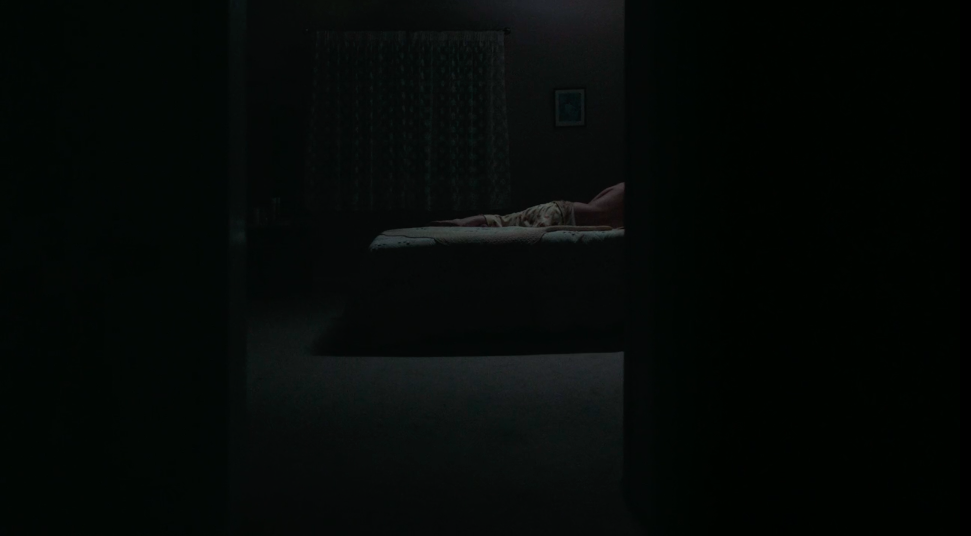
Riverbed’s commercial release in Lebanon today coincides with a nationwide moral panic. A memorable episode in the recent and ongoing morality crusade is the Lebanese Minister of Culture’s ban on the Barbie movie in August on the grounds that it offends family values and promotes sexual deviance. The so-called crisis of the family, manufactured as it is by religious and political talking heads, is in fact a crisis of authority. In becoming visible, changes in the gender order and the cultural representations they engender unleash the fury of conservative forces against audiovisual content that does not align with their values. They find in the global release of a Hollywood blockbuster an occasion to exercise their power of oversight and to insist on the foreignness of novel ideas around what makes a family. In reality, familial ties, as well as inherited ideas about what it means to be a man, what it means to be a woman, and what kind of relation the two have to each other are all under revision in the work of local filmmakers, of Breche and others, at home and in the diaspora. In Costa Brava (2021), Mounia Akl tackles intergenerational ties and transformations through a portrait of a couple and their two daughters, displaced by crisis to a remote village. In The Sea Ahead (2021), Eli Dagher chronicles a young woman’s sudden return to her parents’ Beirut apartment, in a devastated city. Riverbed is thus part of a cohort of visual and narrative meditations on family and its discontents and that center daughterly estrangement in their representation of a generation’s troubled belonging to home.
The only time we see the women together outside the house is in a scene by the river that gives the film its Arabic title (Berket el-‘Arous), and which is located in Breche’s own village, Ainqeni.
Thurayya: Why do they call it the bride’s pond?
Salma: They say that a bride once fell into it and died.
Standing on the roof of an abandoned stone house, in an almost theatrical pose, mother and daughter look down at the flowing river, as if searching for the mythical bride’s corpse. The uncertainty and narrative openness are perhaps what make village lore so compelling. Was it bad fortune or was this the tragic end of a woman who refused to stick to the plot?
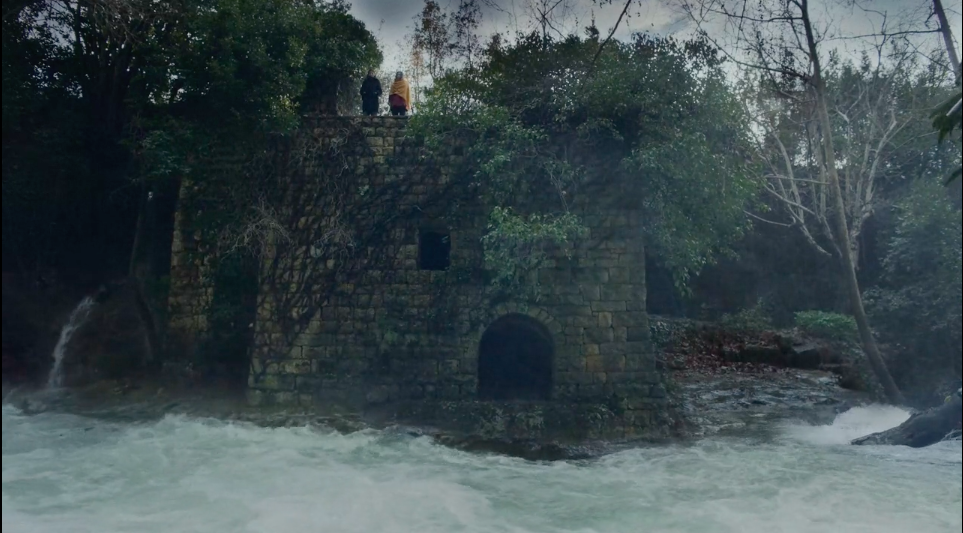
What models beyond self-sacrifice are available to women? Breche’s evocative film invites a reckoning with this question, without providing any clear answers. At times, the women’s inability to talk to each other gets frustrating, and their bitterness evokes the stale feminine trope of the angry lone woman. At a moment when discourses on the disintegration of the family saturate the media, Riverbed shows that the nuclear family – as it is imagined and fantasized – does not exist. Nor is motherhood a natural instinct, a sacred calling, but rather a choice that women make, a role they may refuse or abandon. It is an experience rife with contradictory emotions – identification and repulsion, trust and fear, love and hate – that has an indelible effect on the female psyche. The romantic fantasies that underpin the traditional emplotment of women’s lives – love, marriage, motherhood – are all suspended here. In her disenchantment, her refusal, the daughter finds a way back home, to the mother. This is the redemptive arc of Breche’s story, and what stands to be redeemed is a bond not of blood, not of forced reverence and feigned obedience, but of mutual recognition.

Sara Mourad
Sara Mourad is a writer and Assistant Professor of Media Studies at the American University of Beirut. In 2018, she was a Visiting Fellow at the Center for the Study of Gender and Sexuality at New York University. In 2021/2022 she was a EUME Fellow at the Forum for Transregional Studies in Berlin. She is currently working on a book project on home as a nucleus of feminist consciousness.




